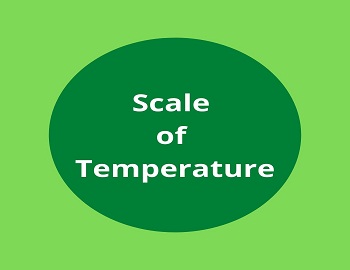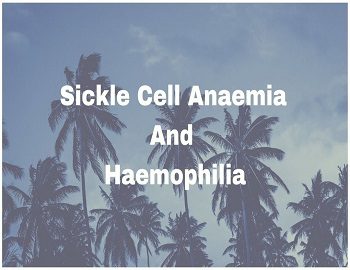Table of Contents
What is Gene Therapy?
The ultimate achievement in the application of molecular biology is the technology for the treatment of disease by the replacement of mutated genes. The geneticists eagerly await to provide normally functioning alleles to persons suffering from a genetic disease, thereby effecting a complete cure rather than merely treating the symptoms. If the germ cells of the affected person could also be changed from mutant to normal and extorted to future generations, it will be what is known as gene therapy.
In simple terms, Gene Therapy may be defined as the treatment of a genetic disorder by manipulating genes.
Approaches For Correcting Faulty Genes:
Gene therapy is a technique for correcting defective genes responsible for disease development. Researchers may use one of several approaches for correcting faulty genes-
- A normal gene may be inserted into a nonspecific location within the genome to replace a nonfunctional gene. This approach is most common.
- An abnormal gene could be swapped for a normal gene through homologous recombination.
- The abnormal gene could be repaired through selective reverse mutation, which returns the gene to its normal function.
- The regulation (the degree to which a gene is turned on or off) of a particular gene could be altered.
The disease in which most progress has been made in establishing gene therapy is adenosine deaminase deficiency (ADA). This causes severe immunodeficiency and patients must remain isolated because of their high risk of contracting infections. The patient’s lymphocyte was infected with retroviruses carrying the ADA gene under the control of a retroviral promotor and periodically re-injected into their bloodstream. It is not well established whether the in vivo supply of recombinant ADA protein will satisfy the patient’s requirement and whether the therapy will have deleterious effects, but there is every cause for optimism that this will be an effective treatment.
The sickle cell anaemia can be cured by removing some bone marrow (the site of haemoglobin synthesis) from a patient and inserting into these cells some normal beta-chain DNA in which the stretch of nucleotides coding for the 6th amino acid specifies glutamic acid rather than valine. Amongst the other target cells that are being investigated are muscle and liver cells, the muscle cells on gene therapy can be used to correct diseases like Duchenne muscular dystrophy (DMD). It is difficult to have gene therapy in the case of genes requiring precise control. For example- overexpression of b-thalassaemia could result in the clinical phenotype of a-thalassaemia in that patient and his on her offspring.
What are some of the ethical consideration for using Gene Therapy?
- What is normal and what is a disability or disorder, and who decides?
- Are disabilities diseases? Do they need to be cured or prevented?
- Does searching for a cure demean the lives of individuals presently affected by disabilities?
- Is somatic gene therapy (which is done in the adult cells of persons known to have the disease) more or less ethical than germline gene therapy (which is done in egg and sperm cells and prevents the trait from being passed on to further generations)? In cases of somatic gene therapy, the procedure may have to be repeated in future generations.
- Preliminary attempts at gene therapy are exorbitantly expensive. Who will have access to these therapies? Who will pay for their use?
Major Problem with Gene Therapy:
The major problem with gene therapy seems to be the effective introduction of the purified human genes into enough of the right cells so that the gene will be expressed at the right time at the right rate- neither too rapidly nor too slowly. The desirable DNA must not only enter the right cells and their nuclei but must be integrated quickly into chromosomal DNA of the host cell so as to avoid enzymatic degradation. Even if such methods become standard techniques for single-gene defect treatment, they would be totally ineffective against disorders caused by chromosomal aberrations or polygenic traits.









Comments (No)